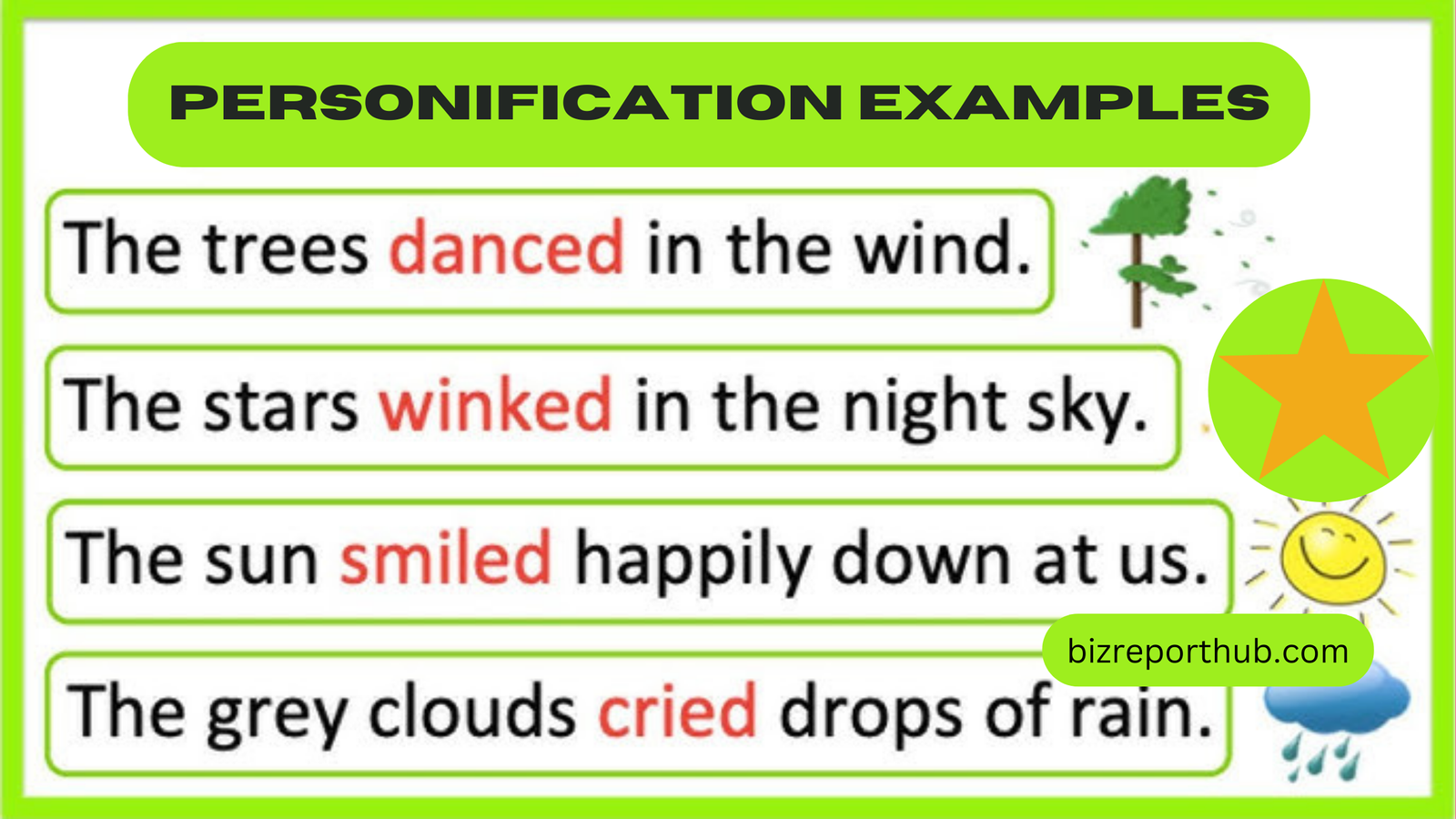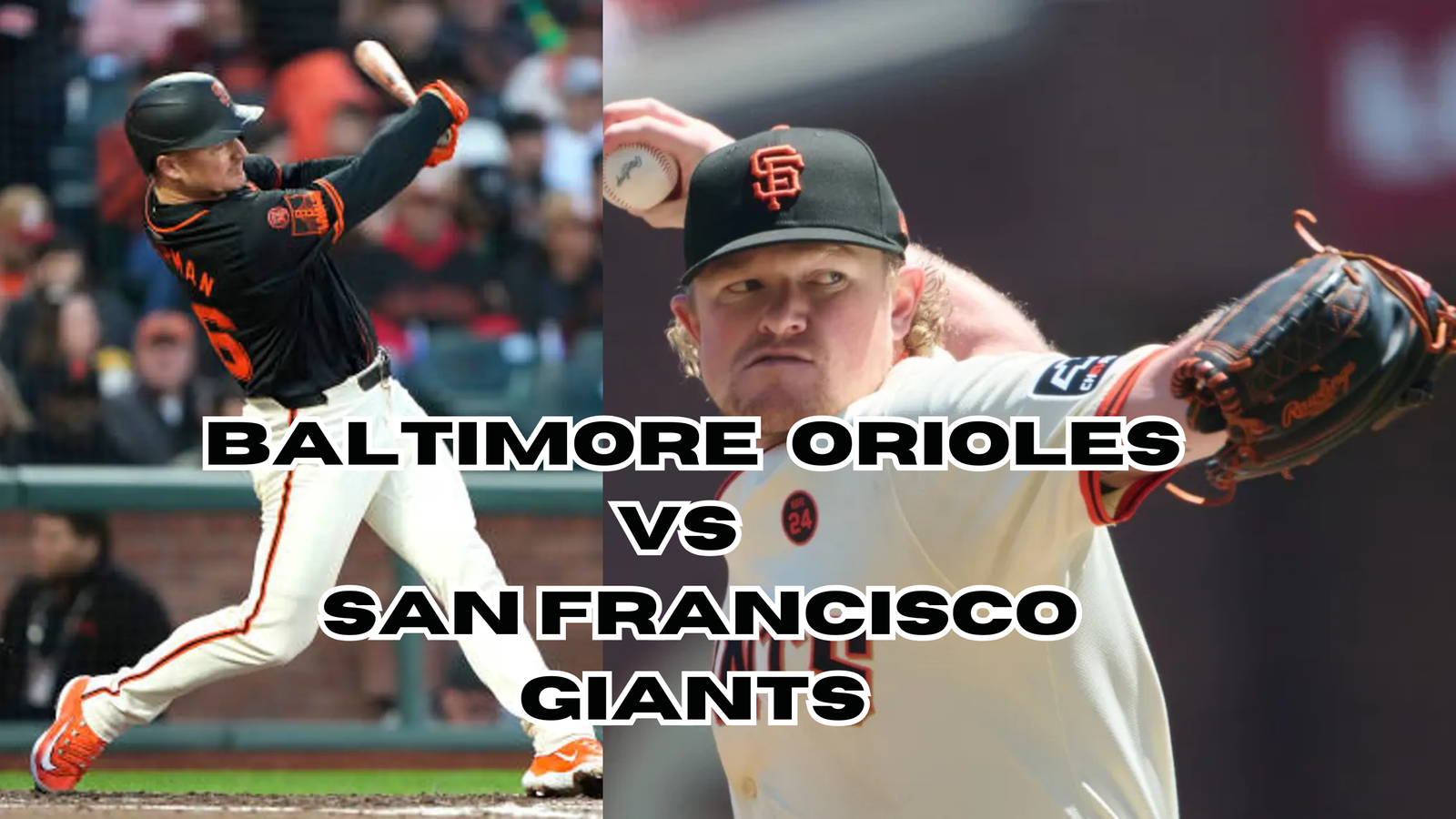Personification is a powerful literary device that breathes life into inanimate objects, abstract ideas, or animals by giving them human qualities. This technique enhances storytelling, allowing writers to connect with readers on a deeper emotional level. Whether you’re a student learning about figurative language or a writer looking to enrich your prose, understanding and recognizing personification examples is key to engaging storytelling.
In this guide, we will explore fascinating personification examples from literature, poetry, advertising, and everyday speech. We’ll also dive into how you can use personification effectively in your writing to capture your reader’s imagination.
What is Personification?
Personification is a type of figurative language where human characteristics are attributed to non-human entities. This literary device makes descriptions more vivid and relatable, adding depth and emotional resonance to the text.
For example, instead of saying, “The wind was strong,” you could write, “The wind howled in fury through the night,” giving the wind human emotions and actions.
Why is Personification Important in Writing?
Using personification can transform dry descriptions into captivating scenes. It serves several purposes:
- Enhances Imagery: Creates vivid mental images that engage readers.
- Elicits Emotion: Helps readers connect emotionally with objects and scenes.
- Strengthens Themes: Personifying abstract ideas (like love or death) makes complex themes more tangible.
- Improves Storytelling: Adds a human touch to non-human characters, making the narrative more immersive.
Personification Examples in Literature
personification examples is a staple in classic and modern literature. Authors use it to create atmosphere, emphasize themes, and bring the setting to life.
- From “Romeo and Juliet” by William Shakespeare
“When well-appareled April on the heel / Of limping winter treads.”
Here, Shakespeare gives April human-like qualities, presenting it as a person stepping on winter’s heels. - From “Ode to the West Wind” by Percy Bysshe Shelley
“O wild West Wind, thou breath of Autumn’s being.”
Shelley personifies the wind, addressing it as a living entity with its own breath and power. - From “To Kill a Mockingbird” by Harper Lee
“Maycomb was an old town, but it was a tired old town when I first knew it.”
The town is described as “tired,” assigning human weariness to a location.
Personification in Poetry
Poets frequently use personification examples to imbue their verses with emotion and vivid imagery.
- “I Wandered Lonely as a Cloud” by William Wordsworth
“The daffodils danced in the breeze.”
The flowers are described as dancing, a distinctly human action. - “Mirror” by Sylvia Plath
“I am silver and exact. I have no preconceptions.”
The mirror is given a voice, reflecting a sense of self-awareness.
Personification in Everyday Language
personification examples is not limited to literary works—it appears in our daily conversations and expressions.
- “Opportunity knocked on my door.” (Opportunity is given the human action of knocking.)
- “The alarm clock screamed at me to wake up.” (The clock is portrayed as screaming like a human.)
- “Time flies when you’re having fun.” (Time is depicted as flying, a human movement.)
Personification examples in Advertising and Branding
Advertisers use personification examples to make products more appealing and memorable.
- M&M’s Candy Characters
The talking M&Ms are personified with distinct personalities, making the brand more relatable. - The Michelin Man
This iconic figure gives human traits to a collection of tires, making the brand instantly recognizable.
Personification in Movies and Animation
Animated films are a treasure trove of personification, where inanimate objects and animals come to life.
- Beauty and the Beast
Lumière, the talking candlestick, and Cogsworth, the clock, are prime examples of personification examples. - Toy Story
Toys are given personalities, emotions, and the ability to interact like humans.
How to Use Personification in Your Writing
Incorporating personification can elevate your writing by making it more engaging and emotionally resonant. Here are some tips:
- Identify Key Objects or Ideas: Choose inanimate objects or abstract concepts to personify.
- Assign Human Qualities: Give these objects emotions, thoughts, or actions.
- Use Vivid Imagery: Enhance the sensory experience with descriptive language.
- Match the Mood: Align the personification examples with the tone of your writing.
- Avoid Overuse: Use personification examples sparingly to maintain its impact.
Examples of Personification in Different Genres
- Fantasy: “The enchanted forest whispered secrets to those who dared enter.”
- Mystery: “The old house groaned as the storm raged outside.”
- Romance: “Love wrapped its warm arms around her heart.”
- Horror: “The shadows crept closer, hungry for the light.”
FAQs
What is an example of personification in nature?
*”The wind whispered through the trees,” gives human speech to the wind.
Can animals be personified?
Yes. For instance, “The dog smiled with joy,” gives a human action to an animal.
Why do writers use personification?
It makes descriptions more vivid, adds emotion, and deepens thematic resonance.
Is personification the same as anthropomorphism?
No. Personification gives human traits to non-human things figuratively, while anthropomorphism treats non-human things as if they are fully human.
Can you personify abstract concepts?
Yes. For example, “Fear tightened its grip on his heart,” personifies fear as an entity that can grip.
Is personification used in everyday speech?
Absolutely. Common phrases like “time marches on” and “justice is blind” use personification.
Conclusion
personification examples is a versatile literary tool that adds depth and life to your writing. Whether you’re crafting a novel, a poem, or a speech, this technique can captivate your audience by transforming the mundane into the magical. By recognizing and using personification effectively, you can create more engaging and emotionally resonant stories.


